GK Quiz Questions and Answers

The induced current is the highest when the direction of motion of the coil is:
(A) not at right angles to the magnetic field
(B) at right angles to the electricity
(C) at right angles to the electric source
(D) at right angles to the magnetic field
Correct Answer : D
Explanation :
1. Induced current is highest when the direction of motion of the coil is perpendicular to the magnetic field.
Which of the following factors is responsible for the disease called 'Mad Hatter's Disease'?
(A) Inhalation of iron dust
(B) Inhaling silica dust
(C) Mercury poisoning
(D) Vitamin-D deficiency
Correct Answer : C
Explanation :
1. Mercury poisoning is responsible for which of the following diseases called 'Mad Hatter's Disease'?
2. Mad Hatter's Disease is a form of mercury poisoning that affects the brain and nervous system.
3. There is a risk of mental and behavioural changes, such as confusion, hallucination, and irritability etc. in this disease.
Who among the following was the President of the Indian National Congress during the 1915 session?
(A) Satyendra Prasanna Sinha
(B) Ambica Charan Mazumdar
(C) Bhupendra Nath Bose
(D) Madan Mohan Malaviya
Correct Answer : A
Explanation :
1. Sir S.P. was the President of the Indian National Congress during the session of 1915. Sinha was. This was the 32nd session of the Congress, held in Mumbai from 1 to 4 December 1915. At this session, Congress reiterated its demand for self-rule for India and pressed for greater rights from the British government.
2. Some of the important resolutions passed in the 1915 session included:
- Demand for self-rule for India
- Pressure for more rights from the British government
- Demand for greater representation of Indians in the British Army
- Demand for improvement in education and employment opportunities for Indians
With which of the following states is the folk dance named 'Terah Taali' traditionally associated?
(A) Rajasthan
(B) Maharashtra
(C) Assam
(D) Telangana
Correct Answer : A
Explanation :
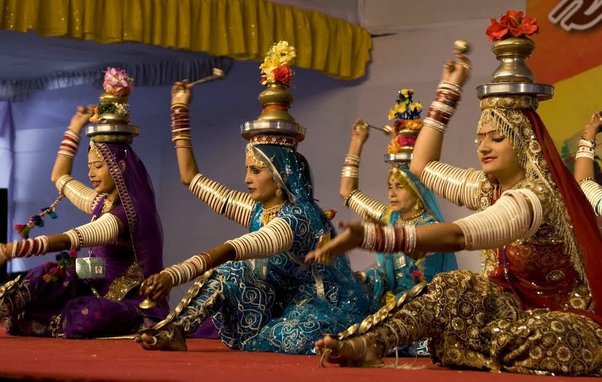 The folk dance named 'Terah Tali' is traditionally associated with Rajasthan.
The folk dance named 'Terah Tali' is traditionally associated with Rajasthan.
1. Performed by women of the Kamad caste
2. It is done by tying 13 Manjeeras on different body parts.
3. Manjiras are played with rhythm
4. Padarla village of Pali district is the main centre of
5. This folk dance is performed in Baba Ramdev temple.
Hydrogen resembles the properties of which two groups of the periodic table?
(A) Group 2 and Group 17
(B) Group 1 and Group 3
(C) Group 1 and Group 17
(D) Group 2 and Group 4
Correct Answer : C
Explanation :
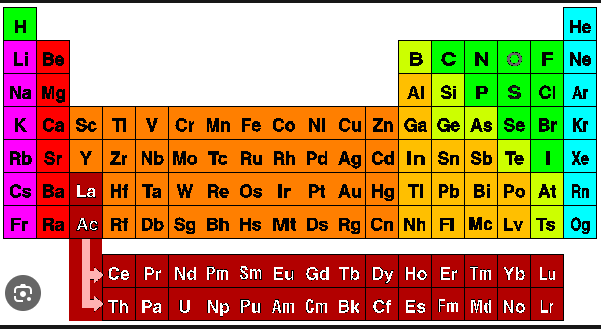
2. Following is some additional information about the properties of hydrogen.
- Hydrogen is a highly flammable gas.
-Hydrogen is a major component of water.
- Hydrogen can be used as fuel.
Hydrogen is used in the chemical industry to make many types of products.
Which State/Union Territory is traditionally associated with a yogurt-based gravy dish called 'Yakhni'?
(A) Jammu and Kashmir
(B) Uttar Pradesh
(C) Madhya Pradesh
(D) Jharkhand
Correct Answer : A
Explanation :
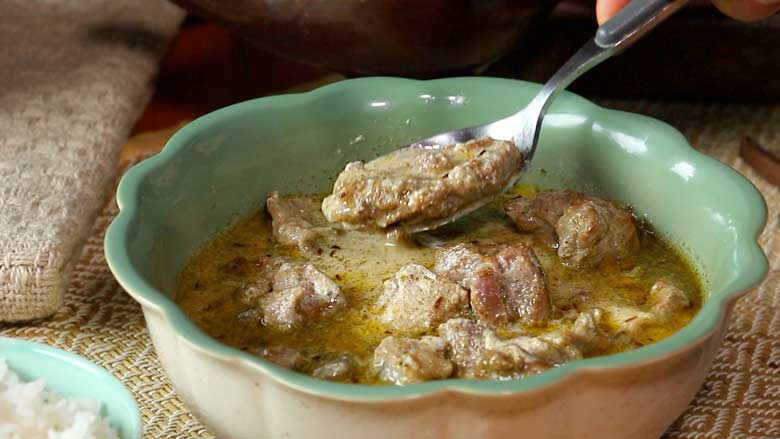 1. 'Yakhni', a curd-based gravy dish, is traditionally made in Jammu and Kashmir, India.
1. 'Yakhni', a curd-based gravy dish, is traditionally made in Jammu and Kashmir, India.
2. In India, Yakhni is one of the most popular meat dishes. As -
- Mutton Yakhni: It is a traditional Indian dish made from lamb meat.
- Chicken Yakhni: It is a popular Indian dish made from chicken meat.
- Fish Yakhni: It is a popular Indian dish made from fish meat.
- Vegetable Yakhni: It is a delicious vegetarian dish made from vegetables.
In which of the following regions of India is the natural habitat of White-bellied Heron largely distributed?
(A) North-east
(B) Northern plains
(C) Deccan plateau
(D) Western coast
Correct Answer : A
Explanation :
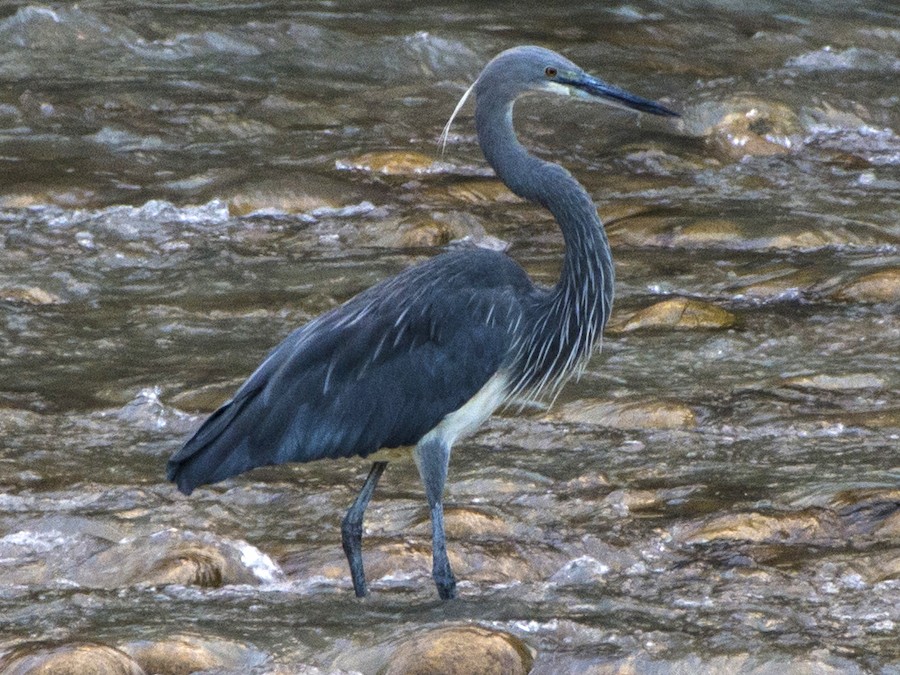 1. White-bellied Heron naturally inhabits the north-eastern region of India.
1. White-bellied Heron naturally inhabits the north-eastern region of India.
2. The bellied Heron is a bird which is mostly found in the low-altitude marshy areas of the Himalayas.
3. It is also called imperial heron in India.
4. In the year 2007, it was listed as 'Critically Endangered' in the Red List of the International Union for Conservation of Nature (IUCN).
Which of the following parallels of latitude represent the Tropic of Capricorn?
(A) 23½° in the Northern Hemisphere
(B) 66½° in the Southern Hemisphere
(C) 23½° in the Southern Hemisphere
(D) 66½° in the Northern Hemisphere
Correct Answer : C
Explanation :
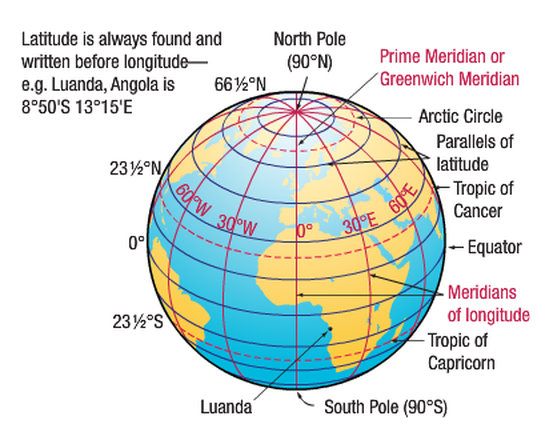 1. The 23.5 degree parallel of latitude in the Southern Hemisphere represents the Tropic of Capricorn.
1. The 23.5 degree parallel of latitude in the Southern Hemisphere represents the Tropic of Capricorn.
2. The Tropic of Capricorn (or southern tropic) is the circle of latitude in which the perihelion point occurs at the December (or southern) solstice.
3. Thus it is the southernmost latitude where the Sun can be seen directly overhead.
4. It reaches 90 degrees below the horizon at solar midnight on the June solstice.
5. The Tropic of Capricorn is one of the five major latitude lines of the Earth. The other four are latitude lines.
- Equator (0 degrees latitude)
- Tropic of Cancer (23.5 degrees north latitude)
- North Pole Circle (66.5 degrees north latitude)
- South Pole Circle (66.5 degrees south latitude)



